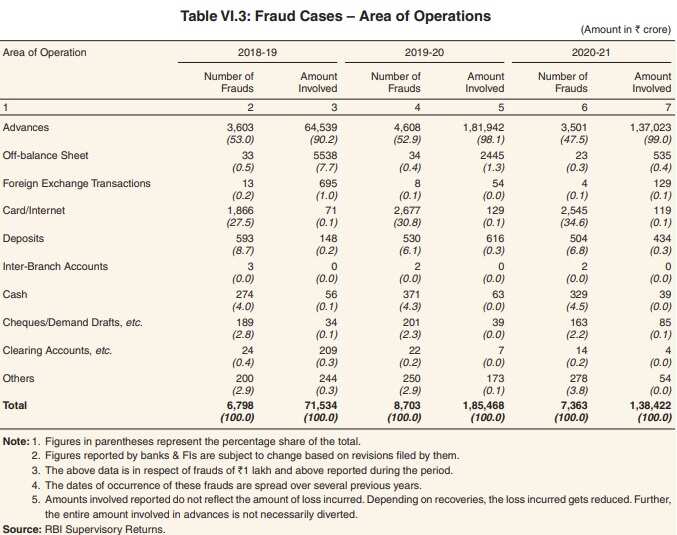The Reserve Bank of India (RBI) said the near-term economic outlook is clouded, with an accentuation of downside risks and potential externalities of global spillovers.
Embattled by new waves of infections and mutant strains of Covid-19, the slow pace of inoculation in several parts of the world and visceral vaccine protectionism, the global and domestic outlook has once again turned grim and overcast with extreme uncertainty and downside risks, according to RBI’s 2020-21 annual report.
The central bank underscored that the onset of the second wave has triggered a raft of revisions to growth projections, with the consensus gravitating towards RBI’s projection of 10.5 per cent for the year 2021-22 – 26.2 per cent in Q1, 8.3 per cent in Q2, 5.4 per cent in Q3 and 6.2 per cent in Q4.
It noted that the Covid-19 pandemic itself, especially the impact and duration of the second wave, is the biggest risk to this outlook.
“Yet, upsides also stem from the capex push by the government, rising capacity utilisation and the turnaround in capital goods imports,” RBI said.
The central bank observed that over the course of the tumultuous year gone by, there have been learnings and adaptations. Drawing on these lessons gleaned, India can prepare for the year ahead with confidence and fortitude,it added.
RBI opined that: “Faster vaccination holds the key to an escape from the pandemic.”
“Around this centrepiece, public policies must design and implement strategies that put us back on a secure path of strong and sustainable growth with macroeconomic and financial stability so that India is once again engaged in achieving its developmental aspirations.”
Best to prepare for future waves
The central bank cautioned that compared to financial crises, a health crisis can be more pervasive, persistent and debilitating in its impact on the real economy.
“Letting down the guard is perilous; it is best to prepare for future waves,” RBI said.
The report said: “The health crisis has shown us how globalised we are, not only in our vulnerability to viral infections but also in the manner in which vaccines are produced and shared.”
“Excoriating COVID-19 from the earth will need a global effort so that everyone is vaccinated.”
Revive animal spirits
RBI said that private investment is the missing piece in the story of the Indian economy in 2020-21.
“Reviving it awaits an environment in which ‘animal spirits’ are rekindled and entrepreneurial energies are released so that backward and forward linkages and multipliers prepare the ground for a durable investment-driven recovery,” it added.
RBI said fiscal policy (FY22), with the largest capex budget ever and emphasis on doing business better, has swung into a crowding-in role.
“It is apposite now for Indian industry to pick up the gauntlet,” it added.
The central bank said a virtuous combination of public and private investment can ignite a shift towards investment and thereby to a trajectory of sustained growth.
This can be achieved by exploiting the unique point at which the economy is poised – at the crossroads of regaining its place as the fastest growing economy in the world, the third largest in terms of purchasing power parity, with late dividends of demographic transition still accruing, and a strong external position, it added.
As per the report, in 2020-21, India’s stimulus measures cumulated to 15.7 per cent of GDP, including liquidity and other measures taken by RBI. Overall, the total support announced by RBI for the economy since February 6, 2020 (up to May 5, 2021) amounted to ₹15.7 lakh crore (8.0 per cent of 2020-21 nominal GDP).
RBI noted that 2020-21 will go down in history as the year of the Covid-19 pandemic break in the life and ethos of humanity.
“It altered economic activity, finance and, more generally, life and livelihoods in a drastic and deep way that may take several years to heal,” the central bank said.
The pandemic also exposed the fragility of health care infrastructure and the inadequacy of health spending over the years, it added.
RBI said the year 2020 will also be notable for unprecedented policy responses which, although not coordinated, turned out to be synchronised globally
The report emphasised that from this point in time, the global recovery and its outlook, including for India, will be contingent on the pace and coverage of vaccination and its efficacy against emerging variants of the virus.
